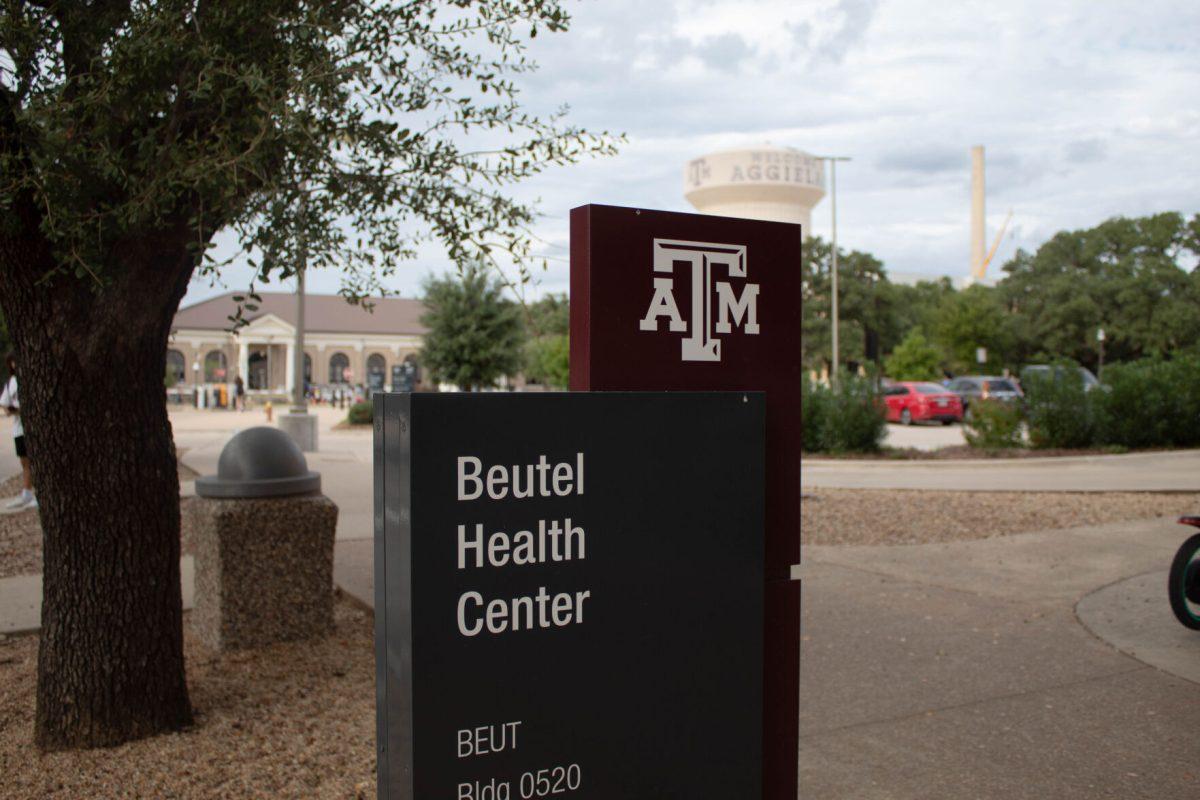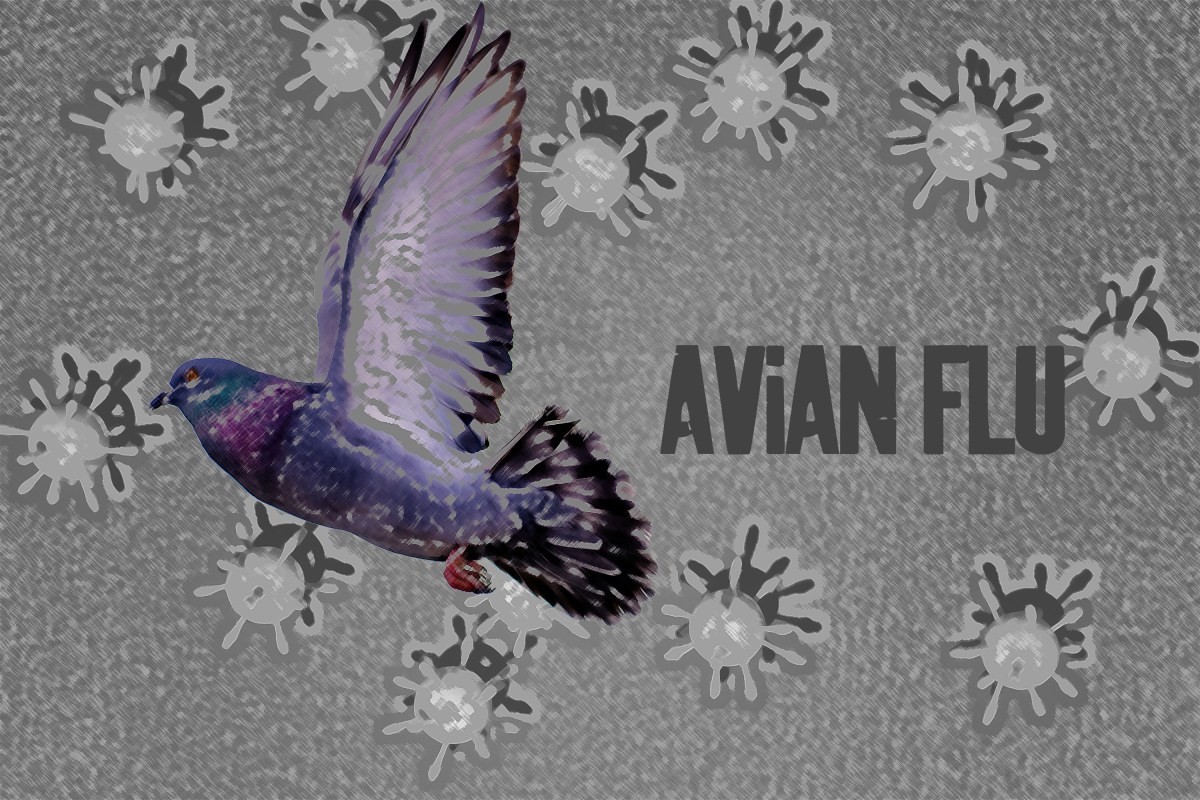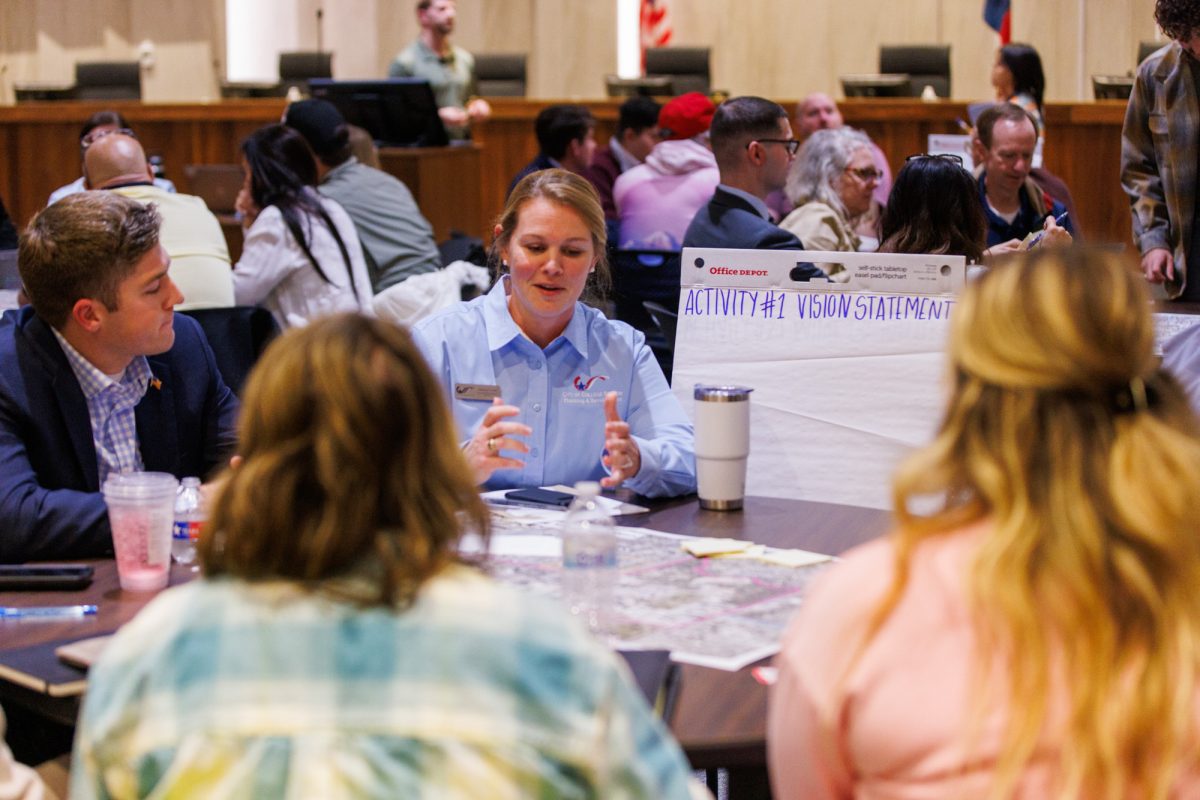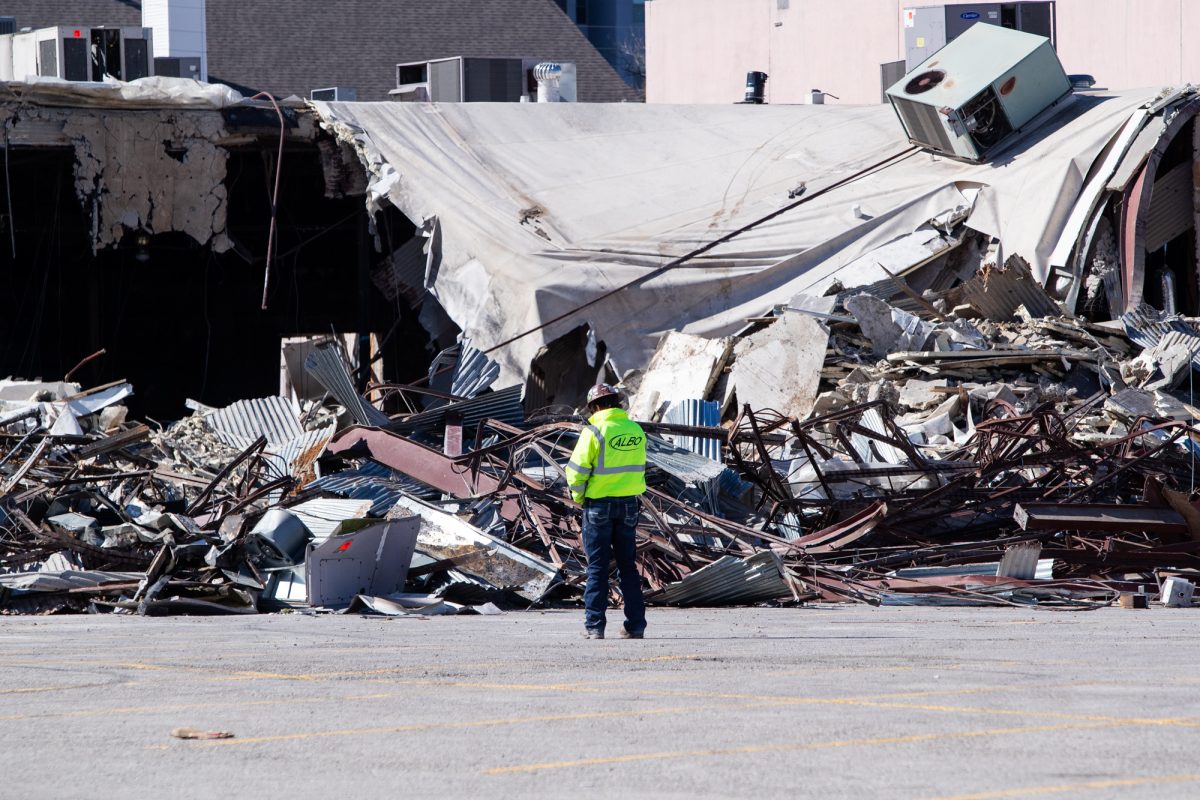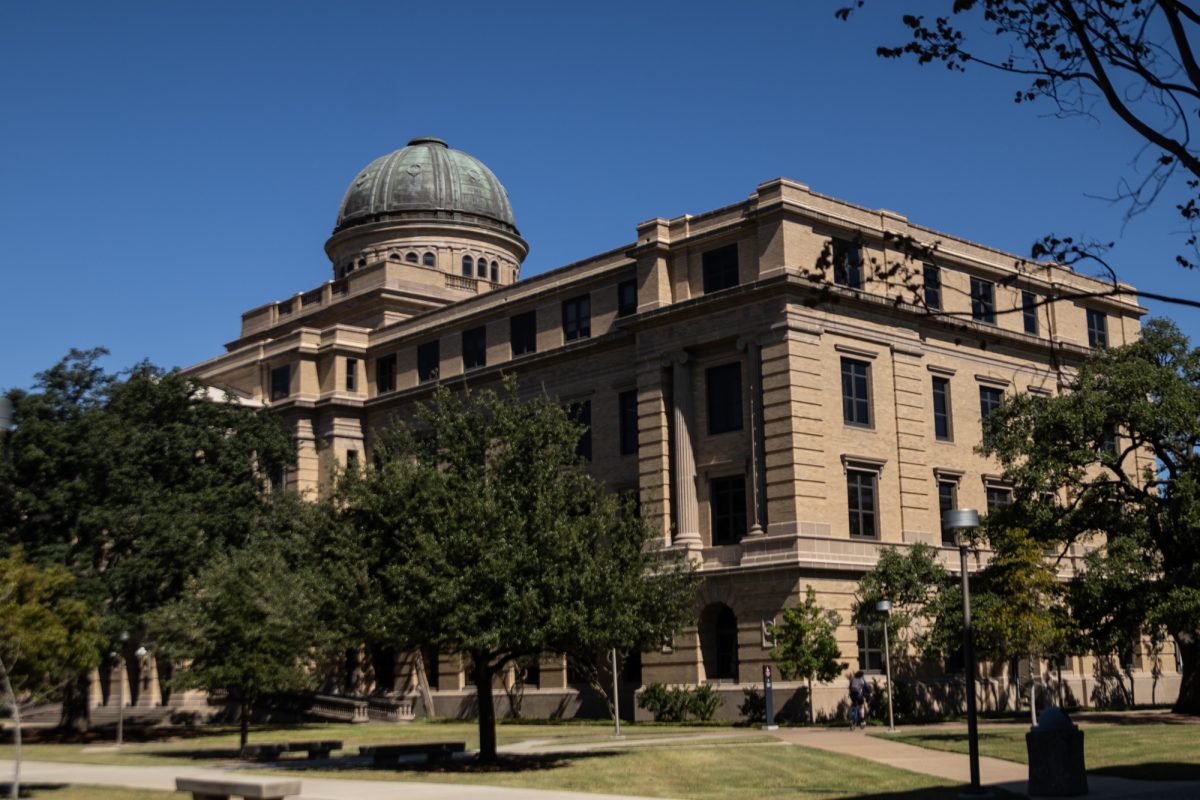After a month of record-breaking high temperatures, the Bryan-College Station area is experiencing a temporary heatwave that continues to put pressure on the state and its power grid.
Between Sunday, July 10 and Tuesday, July 12, College Station saw three of its hottest days since records began in 1888. Since then, the Electric Reliability Council of Texas, or ERCOT, has issued two conservation appeals urging the public to reduce power consumption. The extreme heat is predicted to continue for the rest of the month.
State climatologist and Texas A&M regents professor John Nielsen-Gammon said the high temperatures are the result of a combination of factors.
“We’ve had a dome of high pressure sitting over the southern [Great] Plains for a few days, and that causes air to essentially sit over land and heat up and keep recirculating rather than being replaced by fresher air from the tropics,” Nielsen-Gammon said.
Similar to the extreme heat recorded in the summer of 2011, Nielsen-Gammon said South Texas is once again experiencing a drought.
“[Drought] contributes to high temperatures because the ground heats up a lot more if there’s not any water to evaporate from it,” Nielsen-Gammon said.
Professor and Texas A&M Engineering Experiment Service’s Smart Grid Center Director Thomas Overbye said with people using more air conditioning during the intense heat, Texas is experiencing a record high in electric loads.
Although the state’s power grid is strong and works well, Overbye said ERCOT, depends heavily on wind and solar generation.
“There are these few situations where [it’s] really hot and there [isn’t] much wind,” Overbye said. “The people that run the [power] grid [at] ERCOT are working to address this by adding more generation to the grid.”
If a statewide blackout were to occur, Overbye said utilities have a procedure called “black start” to restore the power grid.
“During a black start, they will be able to rebuild the grid — and you rebuild the grid piece by piece,” Overbye said. “You start with a generator here, a generator there, and you gradually bring them back together. The utilities do training on this all the time, at least annually, on how to restore the grid. There are plans in place that if we ever had to restore the grid, we would know how to do it.”
Located on the RELLIS campus, Overbye said the Smart Grid Center does research to manage the power grid in order to make it more resilient to extreme weather.
“There’s research going on here at A&M that is helping to make the [power] grid better,” Overbye said. “We are also starting to add more storage and much of the storage is battery storage. That will help us out because then we can store electricity when the winds are blowing and use it when the winds aren’t blowing.”
During the high temperatures, Dr. Brandon Williams, clinical assistant professor and primary care physician at Texas A&M Health Family Care, said it is important to stay inside and remain hydrated.
“A lot of people ask me, ‘How much should I drink?’ and the newest guidelines are that if you’re thirsty, you should drink, and if you’re not thirsty, you shouldn’t,” Williams said. “If you’re outside, besides drinking enough water or other hydration, [make] sure you’re taking plenty of breaks — listen to your body.”
Williams said heat exhaustion is serious and is a result of the body being unable to handle the stress caused by the hot weather.
“Some symptoms are a really fast heart rate, feeling very weak,” Williams said. “Some people can be profoundly dehydrated, they have bad headaches. Classically, people describe horrible cramps and nausea and vomiting.”
If a person begins to show signs of heat exhaustion, Williams recommends finding shade and consuming cold liquids. If symptoms worsen, it is suggested to see a health professional, Williams said.
“People we see a lot of time in the hospital or the [emergency room] are folks that go from being inside all day to, for instance, taking a summer job, or starting a new workout routine, and they’re outside in the summer [heat] all day — those are the folks that typically end up really struggling,” Williams said. “It’s not to say you can’t go outside, just make sure you’re building up your tolerance to the heat over time and not throwing yourself into the deep end from the beginning.”
Although the current heatwave is temporary, Nielsen-Gammon said high temperatures will most likely not recede until September.
“Once the high pressure moves away and we start getting more and more clean air from the tropics, we should return back to closer to normal summer temperatures,” Nielsen-Gammon said. “The Gulf of Mexico is warmer than normal, so probably we still will be on the warm side.”
As far as next year, Nielsen-Gammon said the summer of 2023 may resemble the current conditions.
“The same large-scale conditions that contributed to drought this year will still be in place next year,” Nielsen-Gammon said. “Of course, we also have a long-term warming trend due to climate change, which isn’t going to go away anytime soon. A lot is going to depend upon what actually ends up happening weather-wise between now and next summer.”






